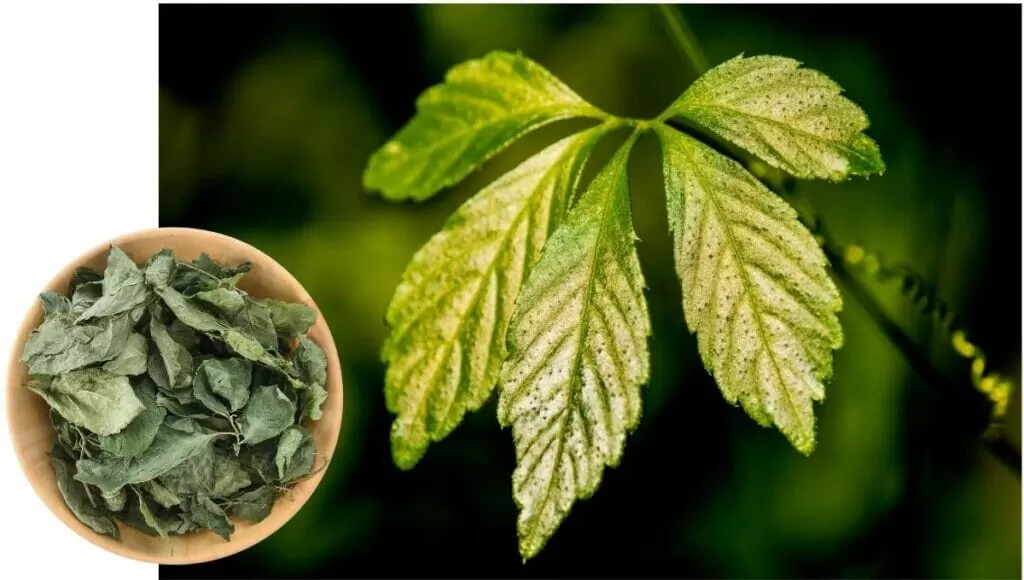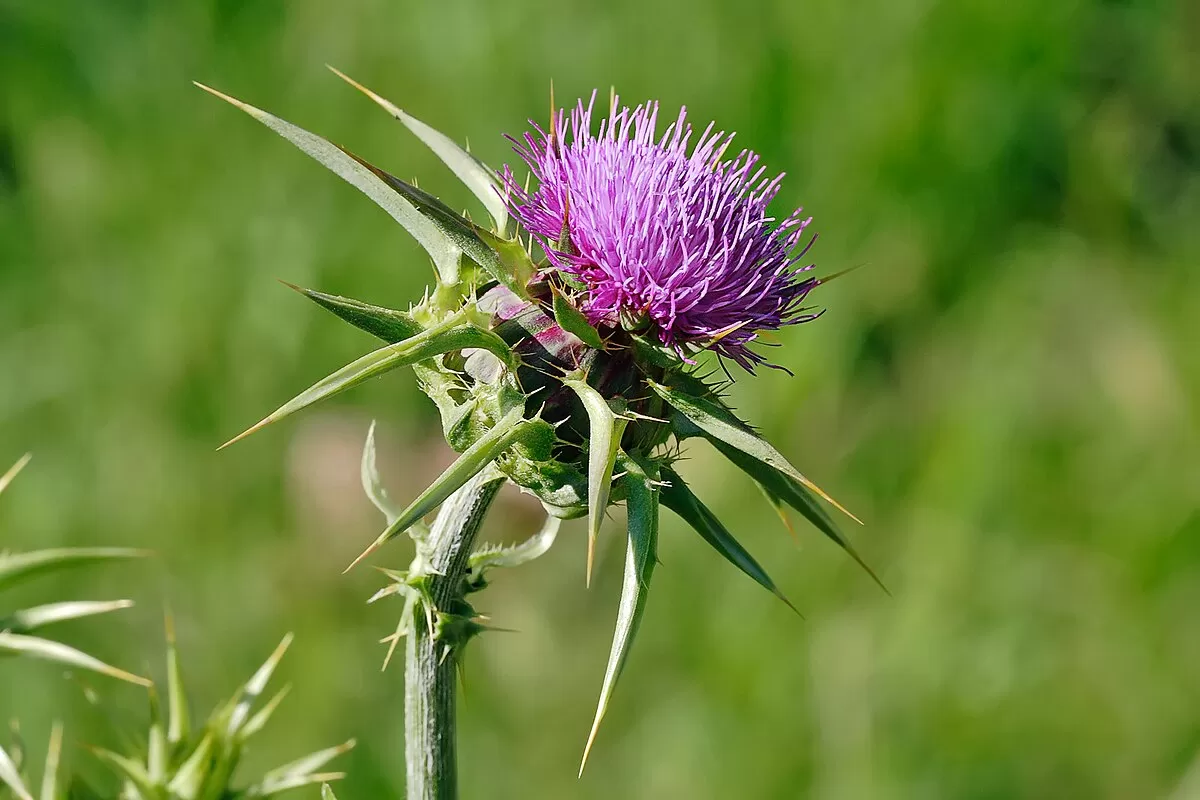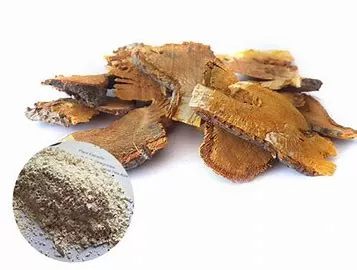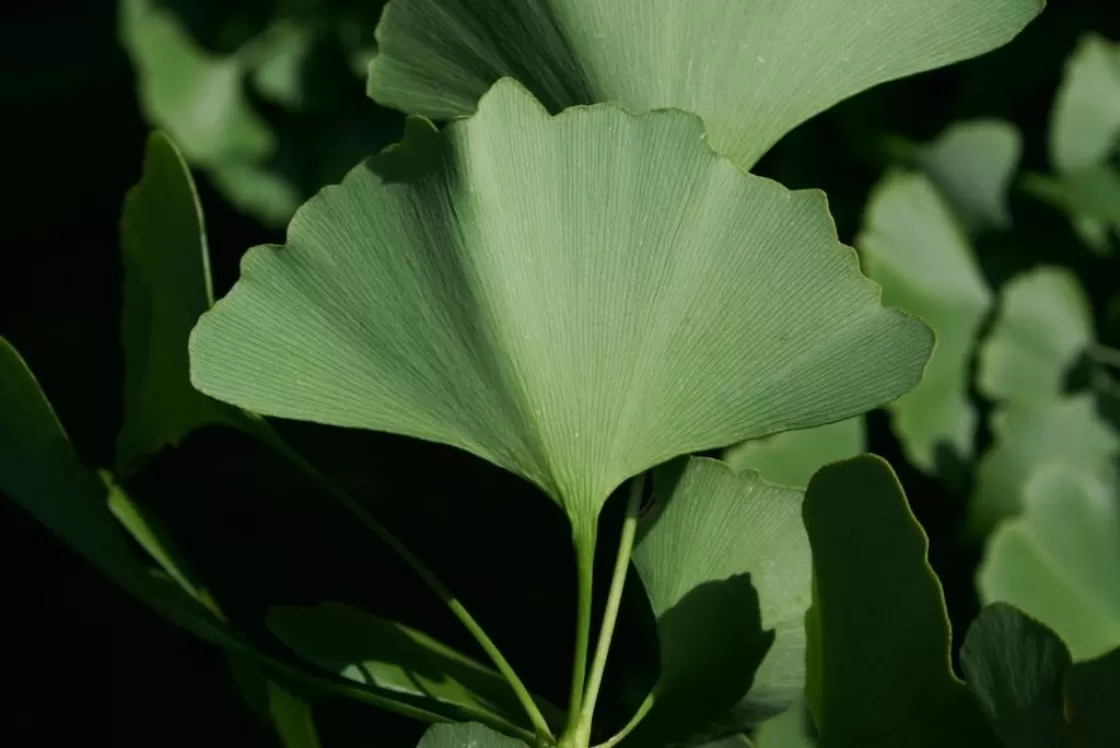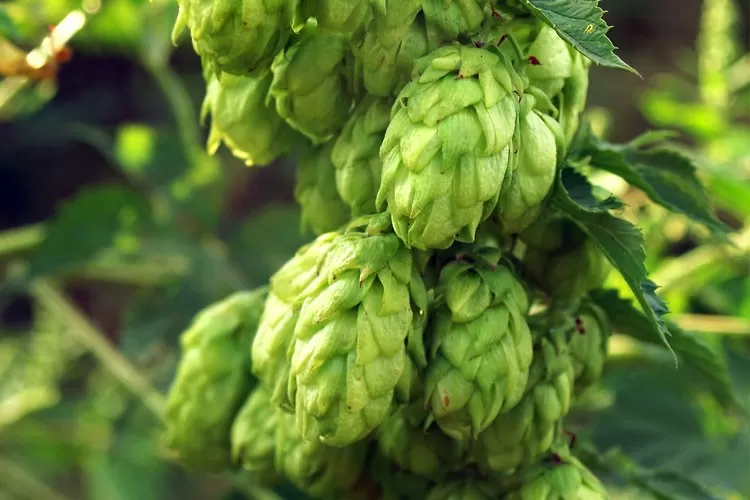- 0086-571-85302990
- sales@greenskybio.com
Merrillianin Synthesis Opens New Avenues for Neurological Drug Development
2025-03-23
Researchers are breaking new ground in pharmaceutical innovation by synthesizing bioactive compounds derived from Chinese herbal medicine. This collaboration between traditional wisdom and modern science aims to replicate pharmaceutically significant compounds from medicinal plants on a large scale.
The center of this research is merrillianin, an illicium sesquiterpene first isolated in 2002 from the Illicium merrillianum fruit, closely related to star anise. These sesquiterpenes have potential as treatments for nervous system disorders. Yet, the complex structure of merrillianin, characterized by six stereogenic carbon centers including challenging quaternary carbon arrangements, has stymied efforts towards artificial synthesis since its discovery.
In an advancement published recently in Organic Letters, Tokyo University of Science researchers, led by Assistant Professor Takatsugu Murata and Professor Isamu Shiina, have successfully synthesized merrillianin, paving the way for its artificial production nearly two decades post-isolation.
Dr. Murata notes, "Illicium sesquiterpenes could effectively treat neurological diseases, but synthesizing their complex structures artificially has been challenging. Leveraging our experience with complex compounds like taxol, we aimed to achieve the first artificial synthesis of merrillianin, expected to hold anti-rheumatic properties, in hopes of contributing to neurological treatment development."
Their synthesis approach promises yields up to 80% through a Wacker-type oxidation method, beginning with dilatone as a precursor. The path to merrillianin involves a 30-step reaction process starting with Mukaiyama aldol reactions that form a dithioacetal, including a critical quaternary carbon center. These transformations lead to α, β-unsaturated esters, utilizing reductive cyclization and Michael's reactions, culminating in tricyclic dilactone—an essential intermediate for broader Illicium sesquiterpene synthesis.
With the effective synthetic process, only minimal quantities would be required for therapeutic use, based on findings that isolated mere milligrams from sizable fruit quantities. This synthetic version by the group allows exploration of bioactivity, revealing merrillianin's absolute configuration for the first time.
This synthesis marks another achievement for the research team previously successful in reproducing naturally occurring tanzawaic acid B from Penicillium citrinum, a potential antibiotic for multidrug-resistant bacteria.
The team's dedication to revealing compounds with meaningful biological functions forecasts a promising future in pharmacological exploration. Illicium species are historically utilized in treating ailments like rheumatoid arthritis, and the advent of synthetic merrillianin promises further advancements in these therapeutic areas.
"The synthesis method proposed for merrillianin is poised to support developing effective treatments for nervous system diseases, such as rheumatism and neuralgia, enhancing patient outcomes and quality of life," concludes Prof. Shiina.
-
Passion Fruit: Health Benefits and Enjoy
2025-03-23
-
Hops: All You Need to Know
2025-03-23
-
Hawthorn: What You Need to Know
2025-03-23







